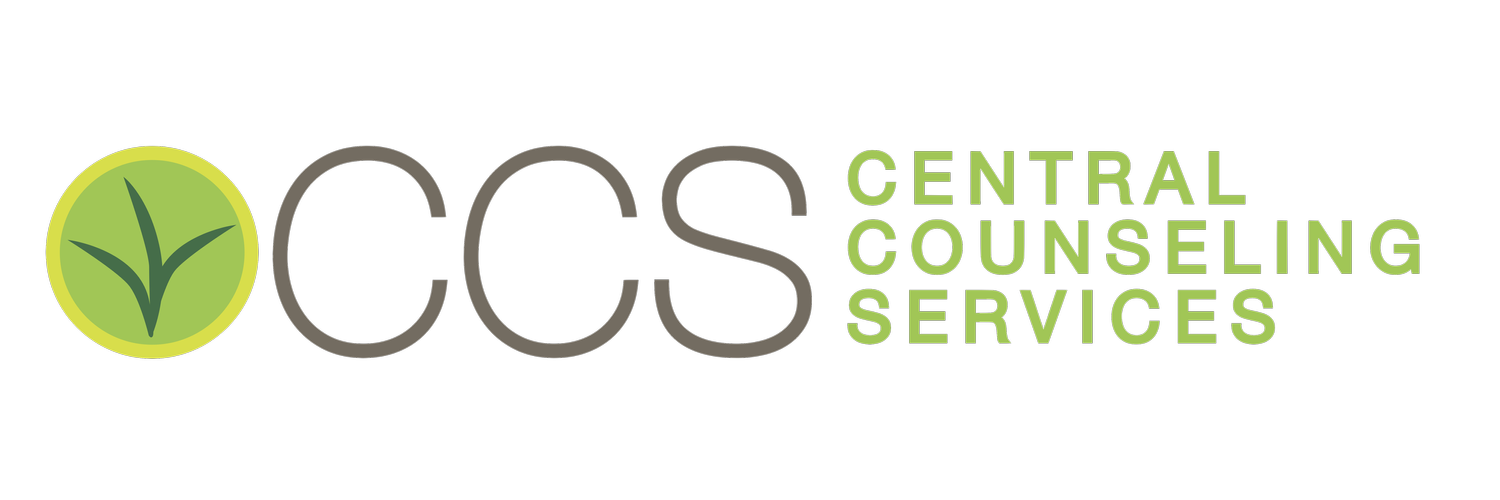Everyday Meditation
For many people, the idea of meditation summons up images of robed nuns and monks sitting silently in exotic temples, far from the hectic activity of the daily world. But in reality, it is a practice accessible to anyone, anywhere. You don’t need to go to an expensive retreat or find a guru. Any quiet place will do, perhaps in your own living room or a favorite place in nature. Research being done at major universities, including UCLA, shows that meditation can help “rewire” the brain, help a person be more focused, and strengthen resistance to stress
Famous Zen master Thich Nhat Hanh (pronounced: tik nat han) wrote: “Sitting meditation is like returning home to give full attention to and care for our self . . . Sitting meditation is very healing. We realize we can just be with whatever is within us—our pain, anger, and irritation, or our joy, love, and peace. We are with whatever is there without being carried away by it. Let it come, let it stay, then let it go. No need to push, to oppress, or to pretend our thoughts are not there. Observe the thoughts and images of our mind with an accepting and loving eye. We are free to be still and calm despite the storms that might arise in us.”
The simplest form of meditation is to follow your breath. It is recommended to sit cross-legged on a firm cushion on the floor, or sit upright in a straight-back chair, not leaning against the back. Imagine there is a string attached to the top of your head, gently pulling upward to align your neck and spine as straight as possible without being uncomfortable. Let your chin drop a little so your neck is straight. You can close your eyes, or lower your eyelids a bit to help ignore distractions. You can focus on a candle flame or a calming object if you wish, but it isn’t required.
Next, breathe slowly and naturally through your nose. Focus on the sound, and on the feeling of air moving in and out of your nostrils. Now imagine that your windpipe goes all the way down to your belly, and there’s a balloon at the end of it you are trying to inflate with your gentle breathing. This is called belly breathing and is quite simple and beneficial once you get the hang of it. You can place a hand over your navel and feel if your belly is going in and out with your breath. Most people breathe into their chest, and that can hold tension. Once you master belly breathing, you may breathe like that all the time.
So, there you are, on your cushion, aware of your breath in your nostrils and the rise and fall ofyour belly. Next be aware of any tension in your body; for example, your shoulders. Imagine that you are directing your healing breath to those muscles, letting them grow relaxed and soft. You will probably feel them drop a little. Congratulations, you are meditating! From here you just sit quietly with your breathing—in, out, in out . . . Distracting thoughts will come, I promise you, and it’s very natural. At this early stage of learning, you can just think, “Hello, thought. Good bye,” let it go, and return your focus to your breathing. There are a number of things you can do to help you focus. The first is to visualize still water or a cloudless sky. Relax your mind and stay with the image. You can also use a brief two-word verbal cue—some people might call it a mantra. For example, you could think “peace” on the in-breath and “love” on the out-breath. I like “Here. Now.”
Emotions may arise, or perhaps you are meditating to deal with a strong emotion or painful situation. I’ll use anger as an example. As you maintain your posture and breathing, you can greet the emotion: “Hello, Anger. I know you’re there,” let it go, and keep breathing. You can also devote a whole session to being with an emotion if you need to. Rather than pushing it away, you allow it to flow through you. Thich Nhat Hanh teaches a method in which you imagine the strong emotion as a baby wrapped in a blanket. You cradle it in your arms and think, “I see you, my Anger. What do you need from me?” Very often this will start a train of insight that helps you process that emotion or come up with a plan to resolve things with the person or situation that made you angry. You can do this with positive emotions, as well.
Learning to meditate is like beginning to exercise; go slow and build up. Be gentle with yourself and don’t judge your progress. Try setting a timer for 10 minutes and see how you do. If it’s too long, shorten the time next time; if it’s not long enough, sit as long as you like! But try to set aside time each day to meditate and build up the habit. There are a number of meditation timers that have soft chimes, rather than a harsh ding or buzz. (I use an inexpensive app on my iPhone called Peace Alarm Clock which I like very much.)
Wishing you peace and insight,
Lynn

